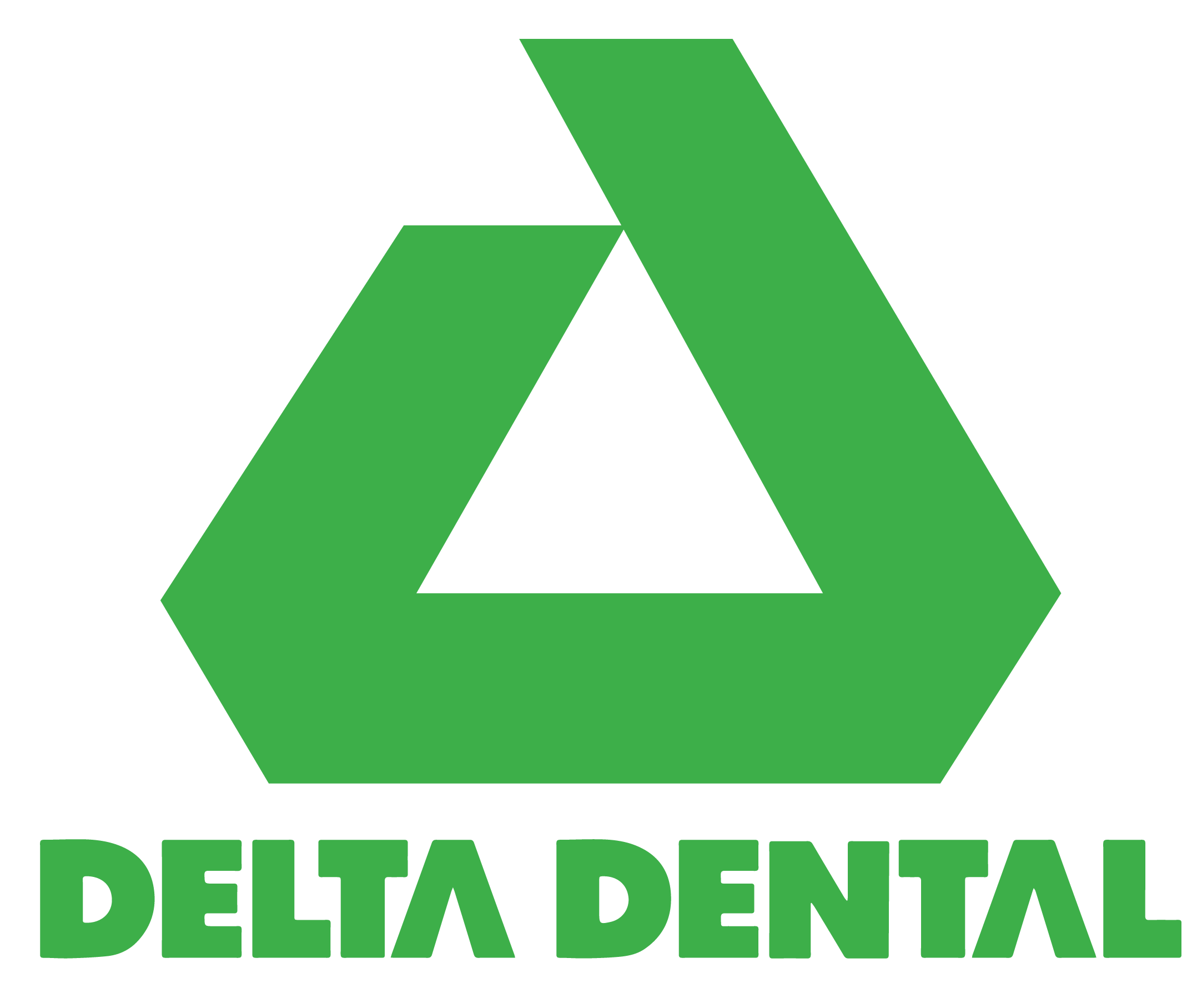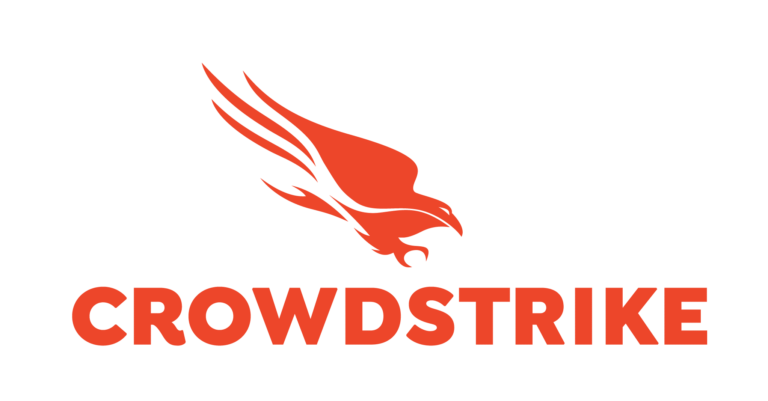Summary
Customer Profile
A leading US dental coverage provider with the nation’s largest network of dental providers, +80 million customers, +$100 million annual revenue.
Challenge
The customer had a combination of re-used legacy hardware, frequent change requests, hardware delivery delays, and a hard deadline to migrate from their current environment.
Solution
Our team executed continuous discovery for constantly changing source environment, determined network capacity to throttle migration rate, created logical subgroups for optimal timeline, remediated both source and target environments, pre-tested new configs, and standardized VM configs in-flight.
Benefits/Results
Our team was able to complete the project on time, on budget, with no downtime, and within allotted outages.
- Perform in-depth discovery and analysis of environment and network
- Conduct continuous, complete Automated Testing and Pre-Validation checks providing quick insight into the migration list and target environment
- Quickly remediate and resolve issues
- Conduct continuous Gap Analysis on source VM environment verses target VM configuration standards
- Ensure BackUp and DR plans remained cohesive throughout the migration
Produce VMware remediation report - Successfully execute migration
Challenge
Client operates within regulated industry and stores vast amounts of sensitive, confidential, personal, and financial data in an intricate environment hosting multiple operating systems and storage types. Security regulations must be maintained at every step of migration. Several challenges presented themselves along the way, many outside of the clients hands.
- Variety of re-used legacy hardware created challenges w/ different versions of
CPU Storage - Proper Phase Planning & Execution Management were a significant challenge. On
many occasions (day-of), there would be little-to-no indication of what was to be
migrated and to what target destination - Recurring change requests and continuous re-naming of ports made destination
review and testing challenging, especially with rapidly changing targets - Hard deadline to be out of old environment but delays getting new equipment
delivered and stood up had eaten up almost half of the time allotted for migration
Solution
- Discovery: Due to clients frequent configuration changes a single snapshot at the beginning of the project would quickly be outdated. While this could present a major hurdle, Continuous Discovery was used throughout the migration to track changes. A discovery refresh was performed at a minimum once a week and as frequently as twice a day to support migration activity.
- Network Analysis: Network latency and capacity determine the speed of migration and can influence the techniques and tools used as well. In this migration there was extremely low latency between sites allowing live migration and the flexibility of doing it at pretty much anytime of day. Based on multi-factor assessment, set and achieved a target migration rate of 3 terabytes/hour.
- Wave Manifest: Expedited finding logical application, network, and/or communication groups to divide the migration into waves and monitor their progress throughout the migration. With consideration of the shortened timeline requirement and master playbook, we developed optimal sub wave configurations based on dependency mappings and pre-tested the configurations for the migration.
- Remediation: Discovery data (RVTools etc) leveraged for automated identification of remediation targets for Fix-In-Flight processing. Current and target environments were both diagnosed for configuration issues, a variety were found and remediated. Examples of updates and remediation in this project include: standardized drive mappings, removed unused NICs, removed old snapshots, dismount cd roms.
- Fix-In-Flight: As part of the move MigrationOps also standardized the VM configurations so that everything mapped correctly when they landed in the target environment. Additional examples of in-flight clean-up and updates for this project include disabling hot adds and removing memory reservations among other things.
- Migration: Zero migration failures. 100% success on the first production launch attempt.




